MOSFETs, or metal oxide semiconductor field effect transistors, are one of the most versatile and powerful electronic components available. They can be used in a wide variety of applications, from switching power supplies to amplifiers. However, like any electronic component, MOSFETs can fail. If you suspect that a MOSFET in your circuit is bad, it is important to be able to test it quickly and easily.
This article will provide you with a comprehensive guide to testing MOSFETs. We will cover the following topics:
What is the MOSFET?
A metal–oxide–semiconductor field-effect transistor (MOSFET, MOS-FET, or MOSFET) is a type of field-effect transistor (FET), most commonly fabricated by the controlled oxidation of silicon. It has an insulated gate, the voltage of which determines the conductivity of the device. This ability to change conductivity with the amount of applied voltage can be used for amplifying or switching electronic signals. A metal-insulator-semiconductor field-effect transistor (MISFET) is a term almost synonymous with MOSFET. Another synonym is IGFET for the insulated-gate field-effect transistor.
MOSFETs are available in both n-channel and p-channel configurations. In an n-channel MOSFET, the majority of carriers are electrons, while in a p-channel MOSFET, they are holes. MOSFETs also have different voltage ratings, current ratings, and on-resistance ratings, which make them suitable for various applications.
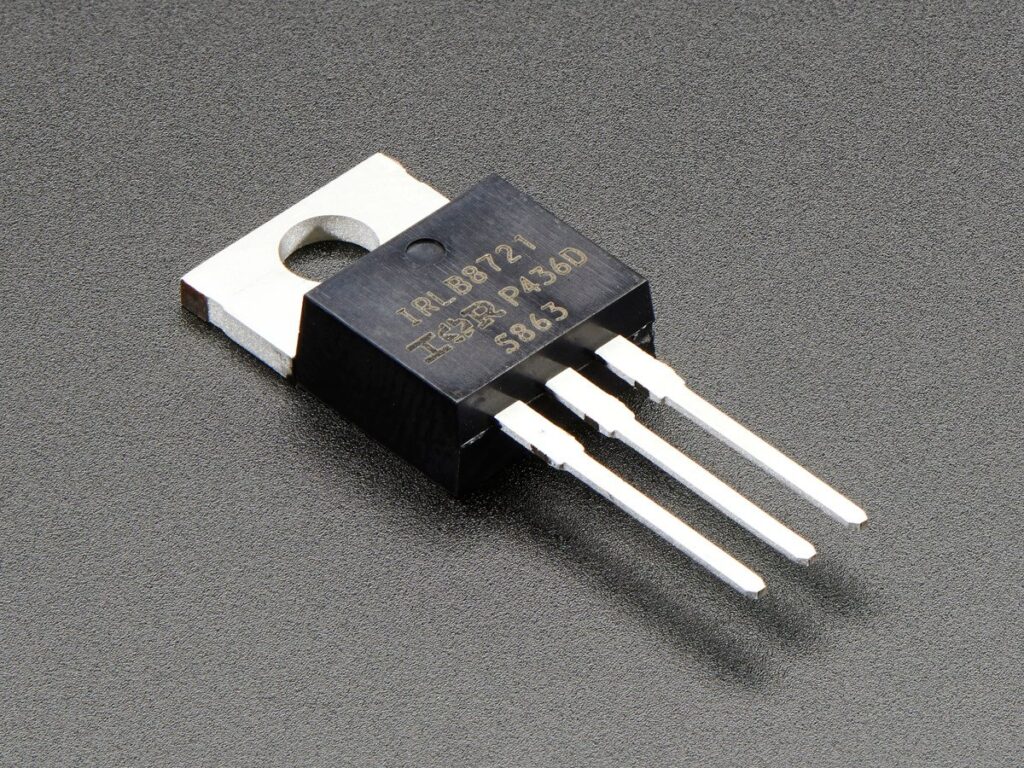
These are commonly applicable for switching applications, as they can be rapidly turned on and off. MOSFETs are widely used in many different applications due to their ability to amplify signals with very little distortion and handle high voltages and currents without a great deal of power loss. To ensure the proper functioning of the circuit, it is essential to test these components. This is possible to achieve through in-circuit or out-of-circuit testing, as well as the use of advanced test equipment.
Equipment Needs for Testing MOSFET
MOSFETs necessitate the utilization of special instruments and tools to examine them. A few examples of frequently used equipment and apparatus include:
- Multimeter: A multimeter is an indispensable device for assessing MOSFETs, allowing you to quickly and accurately measure the resistance, voltage, or current.
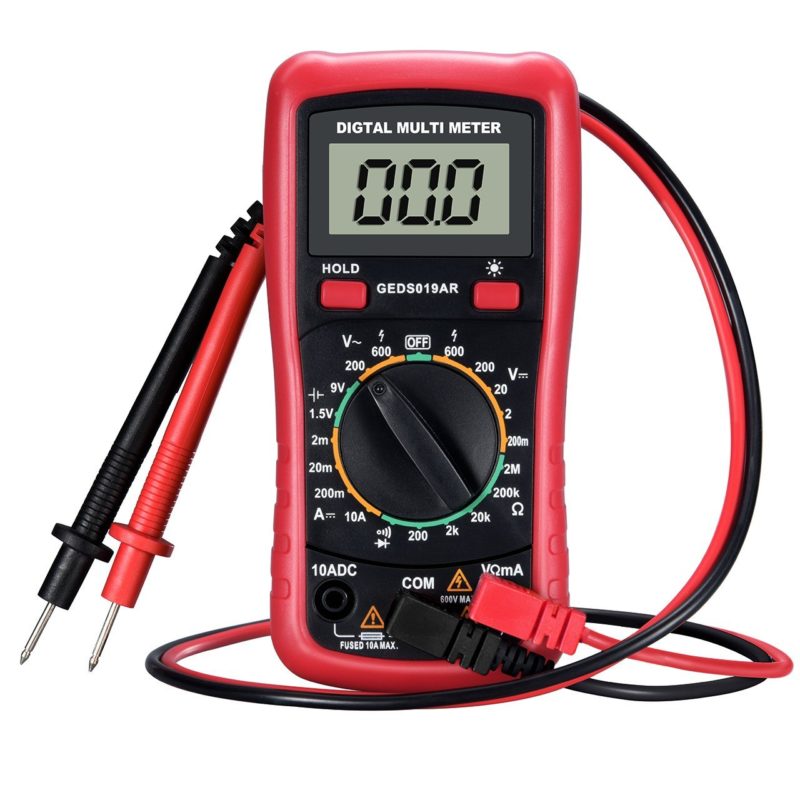
- Oscilloscope: An oscilloscope is a key tool for inspecting the behavior of MOSFETs, allowing engineers to study high-frequency signals with unparalleled accuracy. With it, they can identify problems and fine-tune circuits more quickly than ever before!
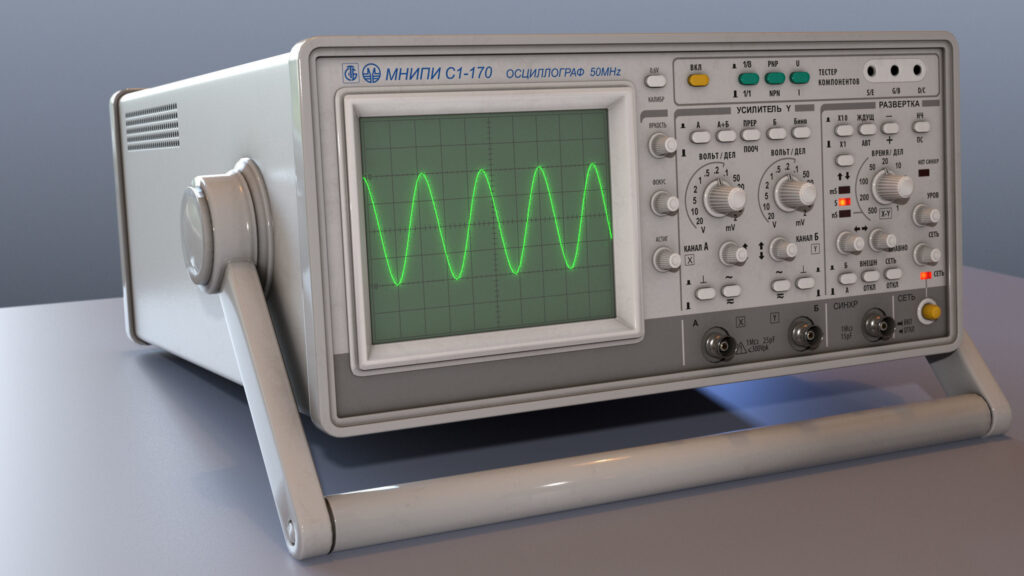
- Function generator: A function generator is an essential testing tool, capable of producing a variety of signals including sine waves and square waves. With its help engineers can ensure precise operation when working with this powerful device.
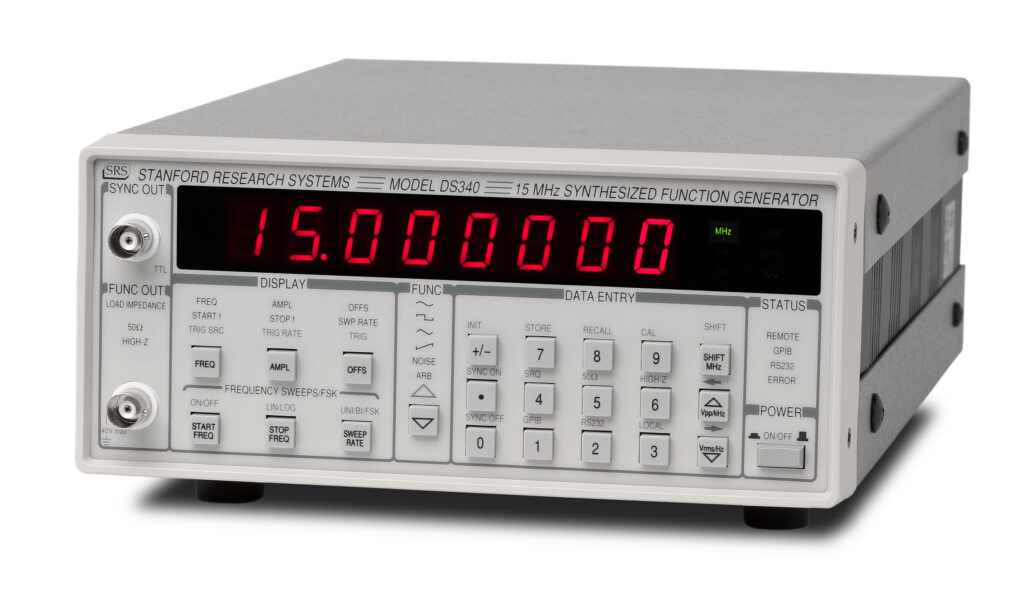
- Power supply: A sturdy power supply rated according to specifications is necessary to ensure the right voltage and current are available during testing. An insufficiently powered system could lead to inaccurate test results, so it's vital that you choose one designed with your specific needs in mind.
- MOSFET tester: With a MOSFET tester, you can easily analyze the technical properties of your Transistor-Field Effect device and ensure it meets exact specifications. It evaluates threshold voltage, drain-source resistance, plus other essential characteristics to keep your electronics running smoothly!
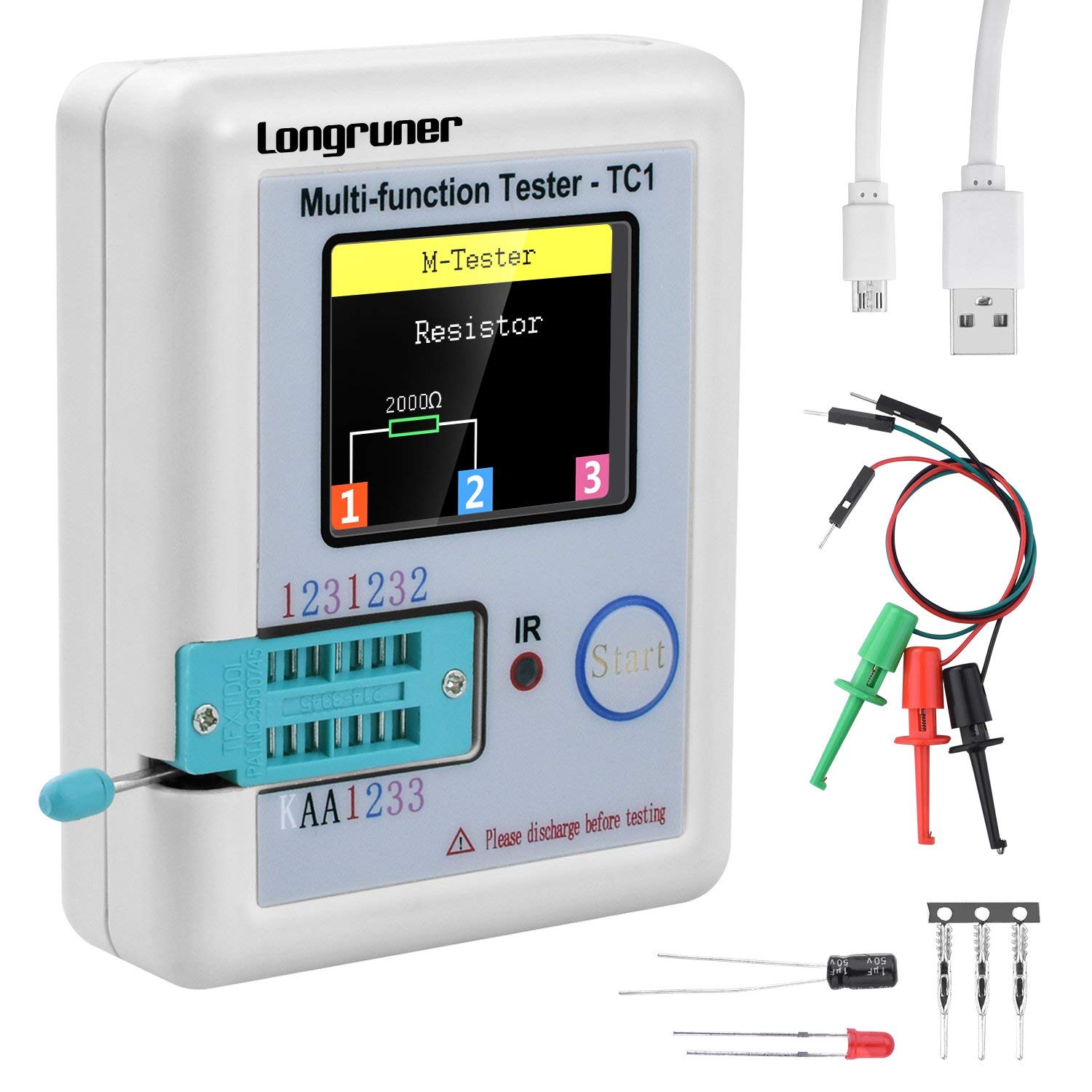
For reliable and precise results, it is critical to use the right equipment and tools when assessing MOSFETs.
Testing Procedure of the MOSFET
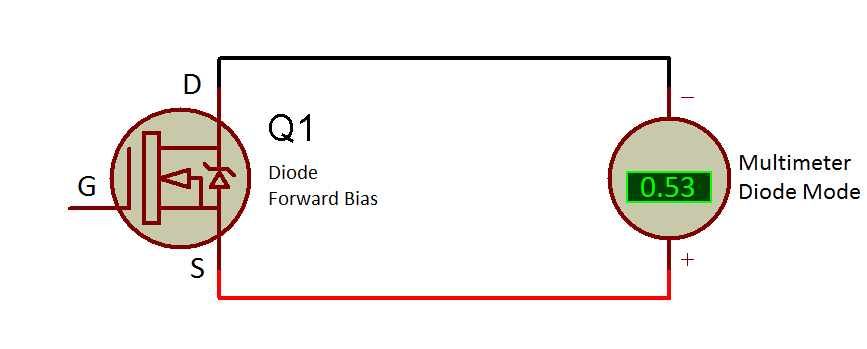
This easy-to-follow guide will lead you through the process:
- Check the datasheet: Before testing the MOSFET, it's vital to consult its datasheet for all of your necessary information. It'll help you decide on optimal tools and equipment while also making sure they match up with pinout requirements, voltage limits, and current values.
- Test for continuity: Performing a multimeter continuity test between the MOSFET pins can reveal invaluable information about your circuit's connections, helping you identify any unexpected shorts or open circuits that could be hindering its performance.
- Test the threshold voltage: Discover the power of a MOSFET by applying a voltage to its gate and measuring the voltage between the source and drain with a multimeter. A small change in applied potential can create useful current flow! Gradually increase the voltage until the MOSFET turns on, and the voltage between the source and drain starts to decrease. The MOSFET requires a certain level of voltage to begin conducting electricity.
- Test for proper functioning: Apply a voltage to the MOSFET gate and measure the voltage between the source and drain. When the MOSFET is active, its voltage level will nearly reach your power supply maximum. Conversely, when it's inactive, you should expect zero volts to remain in effect.
- Test for gate leakage: Apply a voltage to the MOSFET gate and measure the current between the gate and the source. The current should be very small, indicating that there is no gate leakage.
- Test for drain-source resistance: Apply a known current to the MOSFET drain and measure the voltage between the drain and source. Use Ohm's law to calculate the drain-source resistance.
- Test for thermal performance: Submitting an intense current to the MOSFET and measuring its temperature will help you determine how it functions. Use a heat sink if necessary to prevent damage.
MOSFET Testing In-Circuit Versus Out-of-Circuit
Depending on the specific application, people can test MOSFETs in various ways. When constrained by circuit board connection, an in-circuit test is necessary to detect any potential faults that may exist – providing engineers with valuable insight into device performance. Engineers often prefer this method when the fault relates to the circuit itself or when the MOSFET is not easy to remove.
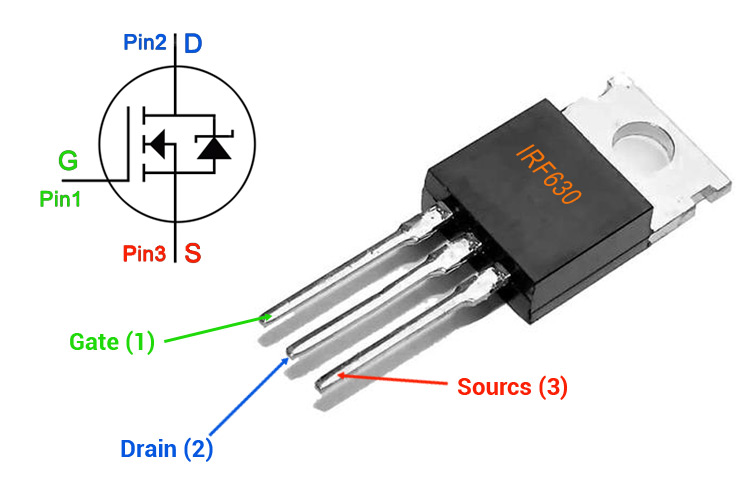
People can do in-circuit testing using a multimeter or MOSFET tester and can include tests such as measuring the threshold voltage, drain-source resistance, and gate leakage current.
If other components are affecting the measurements, in-circuit testing may not provide accurate results.
By eliminating the MOSFET from its circuit board and testing it independently, we can achieve more reliable results through out-of-circuit testing. Rephrased: Out-of-circuit testing allows for more reliable results because it eliminates the risk of other components connected to the MOSFET affecting measurements.
Out-of-circuit testing can be done using a MOSFET tester and can include tests such as measuring the threshold voltage, drain-source resistance, and gate leakage current. To ensure a reliable and safe operation, out-of-circuit testing should also involve visually examining the component for any indications of physical damage or overheating.
Ultimately, both in-circuit and out-of-circuit testing have their own distinct benefits as well as drawbacks. In-circuit testing is faster and more convenient but may not provide accurate results if there are other components affecting the measurements. Rephrased: Achieving more precise results through out-of-circuit testing involves the removal of the MOSFET from the circuit board, which is a time-consuming process that may require specialized tools. The choice of testing method depends on the specific application and the nature of the fault.
Common MOSFET Faults and How to Identify Them
There are several common faults that can occur, including:
- Shorted drain-source: A shorted drain-source will result in a low resistance path between the drain and source, causing it to conduct current even when it should be off. You can identify this by measuring the resistance between the drain and source with a multimeter, which should register as very high when the MOSFET is off.
- Open drain-source: An open drain-source will result in an open circuit between the drain and source, causing the MOSFET to not conduct any current. You can identify this by measuring the resistance between the drain and source with a multimeter, which should register as very high when the MOSFET is off.
- Overheating: Overheating can cause the MOSFET to fail and can be identified by a burnt smell, discoloration, or visible damage, or by measuring the temperature with a thermometer or thermal imaging camera.
- Gate oxide failure: A gate oxide failure can cause the MOSFET to leak current, leading to overheating and eventually failure. This is by measuring the gate-source resistance with a multimeter, which should be very high when the MOSFET is off.
- Insufficient gate voltage: An insufficient gate voltage can cause the MOSFET to not turn on fully, resulting in higher-than-expected drain-source resistance. You can identify this by measuring the threshold voltage using a multimeter and comparing it to the specifications mentioned in the datasheet.
- Incorrect pinout: An incorrect pinout can cause the MOSFET to not function as expected or even cause damage. This is possible to identify by referring to the datasheet for the correct pinout and verifying the connections with a multimeter.
Identifying faults can be challenging, but by following proper testing procedures and taking appropriate precautions, faults can be identified and resolved.
Troubleshooting MOSFETS

When troubleshooting MOSFET circuits, it is important to follow a systematic approach to identify the cause of the fault. Here are some steps to follow when troubleshooting circuits:
- Check power supply: Ensure that the power supply voltage is within the specified range and that there are no voltage spikes or transients that could damage the MOSFET.
- Check input signal: Verify that the input signal is within the specified range and that there are no noise or distortion issues that could affect the MOSFET operation.
- Check pin connections: Verify that pins are correctly connected to the circuit and that there are no loose connections or short circuits.
- Measure MOSFET voltage: Measure the voltage at the MOSFET gate, drain, and source terminals and compare the results to the specifications in the datasheet. If the current readings deviate from their expected range, there could be a problem with either your MOSFET or its circuit connection.
- Measure MOSFET current: Measure the current flowing through the MOSFET and compare the results to the specifications in the datasheet. If the measured current is not within the specified range, there may be an issue with the MOSFET or the circuit.
- Check for overheating: Investigate any MOSFETs regularly for indications of overheating such as discoloration or visible damage, to avoid failure and minimize disruption.
- Check for short circuits: Check for short circuits between the MOSFET pins or other components in the circuit. To prevent failure, it is crucial to fix short circuits as soon as possible.
- Test MOSFET out-of-circuit: To determine if a MOSFET is operating correctly, try disconnecting it from the circuit and testing with either a specialized tester or a multimeter.
Diagnosing and repairing MOSFET circuits can be an intimidating prospect, but with the right approach, it's possible.
Conclusion
In conclusion, testing and troubleshooting MOSFETs require careful attention and adherence to proper procedures to ensure accurate results and avoid damage to the circuit or other components. By using the appropriate tools and equipment, following established testing procedures, and taking appropriate safety precautions, it is possible to identify and resolve faults efficiently.
When diagnosing and testing MOSFET circuits, it is essential to use effective procedures that consider the factors influencing performance. Careful consideration should be given to in-circuit versus out-of-circuit tests as well as common faults while consulting with corresponding datasheets for detailed specifications and guidelines. Recording measurements taken during setup helps engineers save time troubleshooting future issues while avoiding costly repairs of operational systems. By following best practices when conducting these tests, technicians can ensure reliable outputs from their circuitry projects!
Don't be intimidated by a technical issue, get expert help from an engineer or technician and skillfully resolve it. They can ensure that all testing and procedures are performed appropriately for optimal results. With careful attention and proper procedures, MOSFET testing and troubleshooting can be an effective way to maintain the reliability and performance of electronic circuits.








